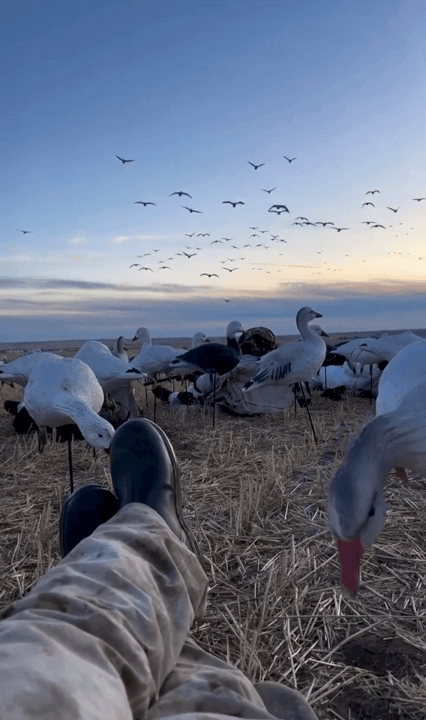
Heavy Bossed Buffalo Bull pushing 47", hunted in East Cape, South Africa with an overjoyed client a few days ago...goosebumps and humbled simultaneously... passionate about hunting and conservation. Thank you to all our clients for 24 years of conservation through sustainable hunting. There is still time to book for 2024, or book now for 2025! Ready to write your own hunting tale in Southern Africa? Book your safari with us today! #hunter #huntingafrica #huntingdangerousgame #huntingsouthafrica #biggame #huntingsafari #plainsgamehunt #hunting #dangerousgamehunting #wildlife #southafrica #lion #UmliloSafaris #kalahari #Tsessebe #impala #yellowblesbuck #copperspringbuck #blackimpala #outdoors #caza #safari
Post: 3 May 09:14
















































